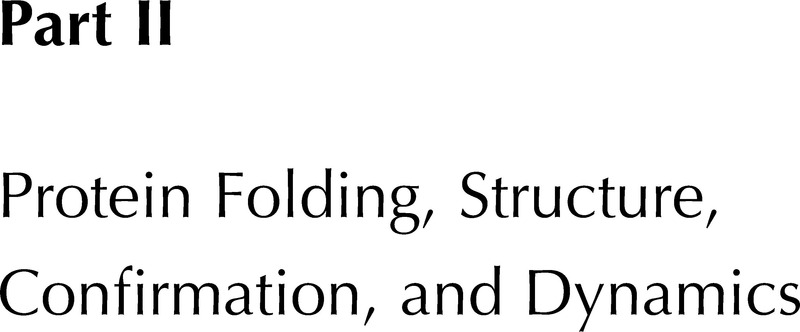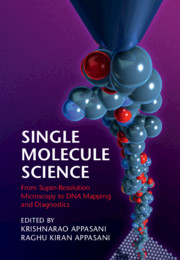Book contents
- Single-Molecule Science
- Single-Molecule Science
- Copyright page
- Dedication
- Contents
- Contributors
- Foreword
- Preface
- Part I Super-Resolution Microscopy and Molecular Imaging Techniques to Probe Biology
- Part II Protein Folding, Structure, Confirmation, and Dynamics
- Part III Mapping DNA Molecules at the Single-Molecule Level
- Part IV Single-Molecule Biology to Study Gene Expression
- Index
- References
Part II - Protein Folding, Structure, Confirmation, and Dynamics
Published online by Cambridge University Press: 05 May 2022
- Single-Molecule Science
- Single-Molecule Science
- Copyright page
- Dedication
- Contents
- Contributors
- Foreword
- Preface
- Part I Super-Resolution Microscopy and Molecular Imaging Techniques to Probe Biology
- Part II Protein Folding, Structure, Confirmation, and Dynamics
- Part III Mapping DNA Molecules at the Single-Molecule Level
- Part IV Single-Molecule Biology to Study Gene Expression
- Index
- References
Summary

- Type
- Chapter
- Information
- Single-Molecule ScienceFrom Super-Resolution Microscopy to DNA Mapping and Diagnostics, pp. 65 - 94Publisher: Cambridge University PressPrint publication year: 2022

